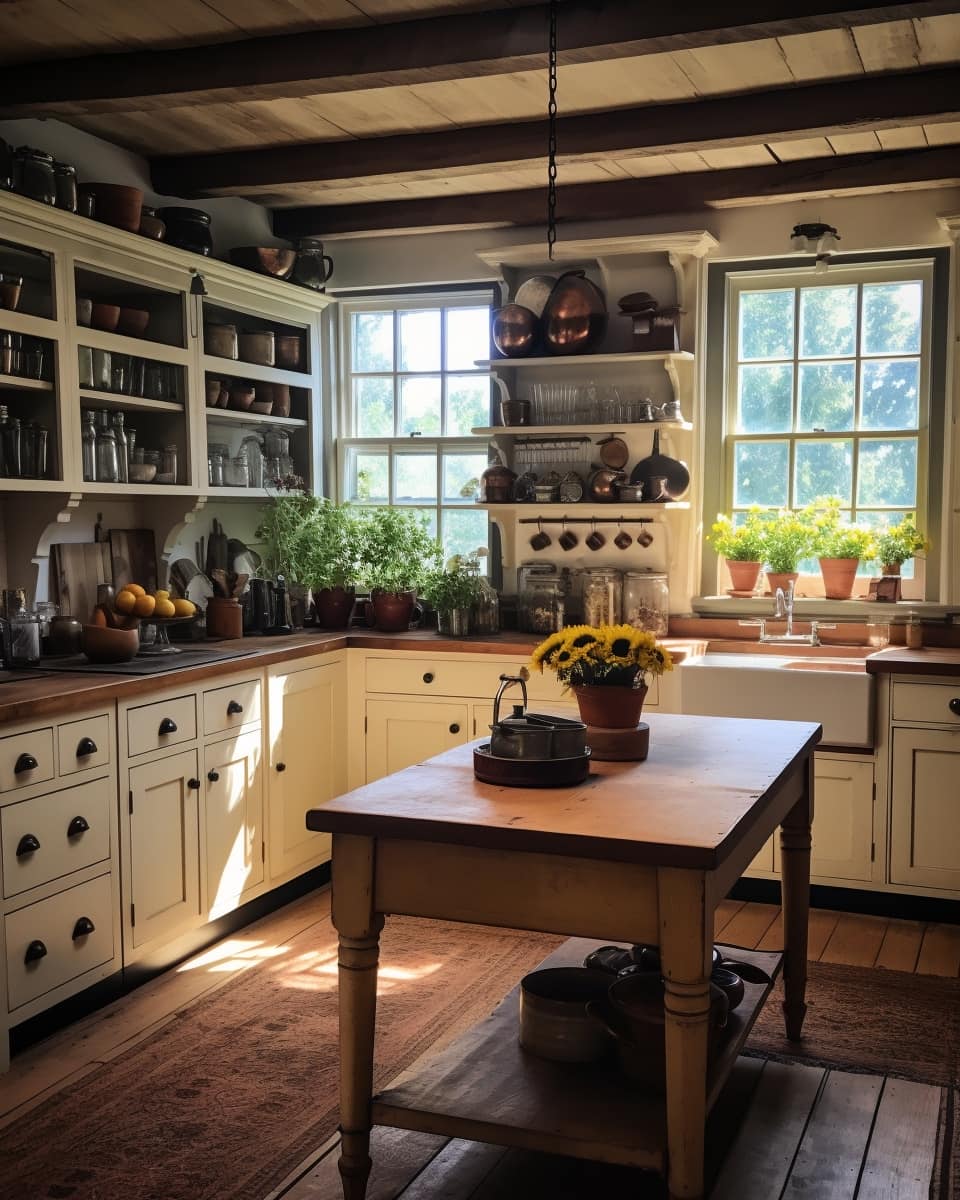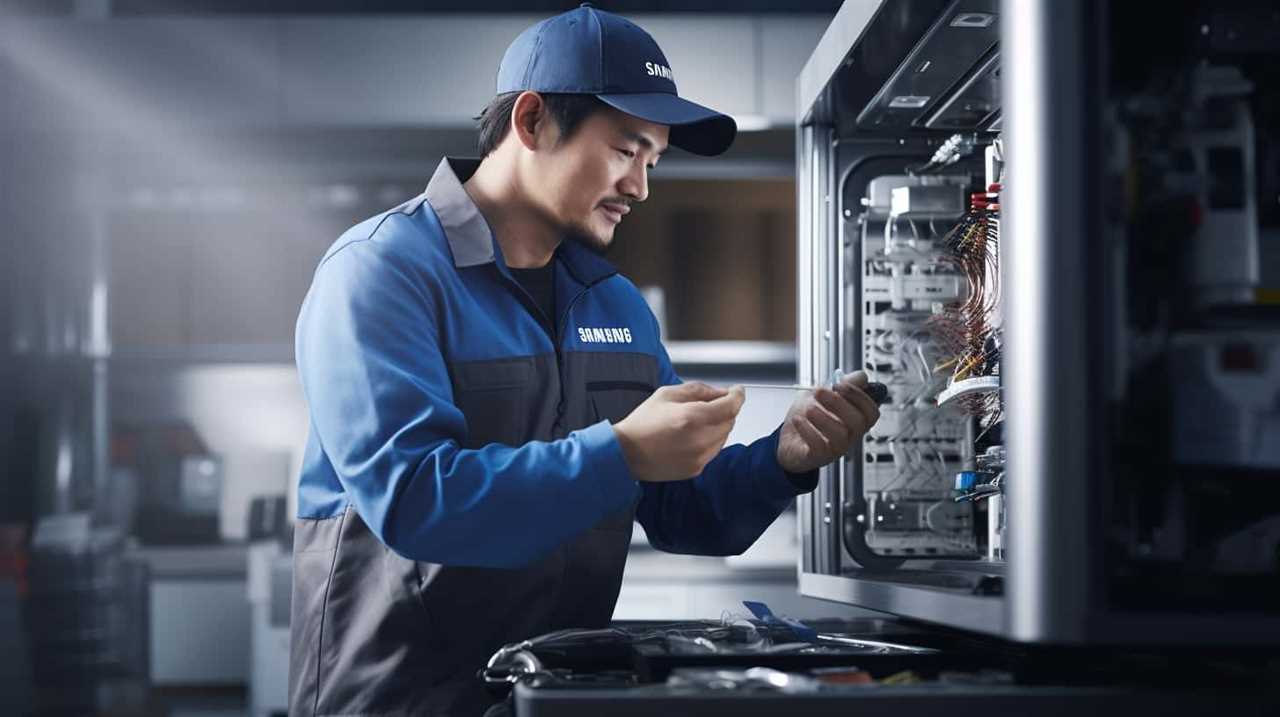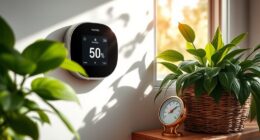Voltage compatibility is an important factor to keep in mind when using electrical devices. For individuals looking to excel in this field, it is vital to comprehend the distinction between 240v and 208v. A common query that emerges is whether 240v appliances can function on 208v. This question requires a thorough assessment of potential hazards, appliance efficiency, and safety precautions.
This article aims to provide a comprehensive understanding of this topic to help readers make informed decisions. By examining signs of appliance compatibility and exploring common appliances that can run on 208v, individuals can determine if their electrical system requires an upgrade.
Ultimately, this knowledge will enable readers to navigate the intricacies of voltage compatibility with precision and confidence.
Key Takeaways
- Voltage compatibility is crucial for operating electrical appliances and using a lower voltage can result in reduced performance or complete malfunction.
- Running 240v appliances on 208v can cause electrical damage, such as overheating, increased current draw, and component failure.
- Risks of running 240v appliances on 208v include voided warranties, increased heat generation, and potential damage to motors or sensitive components.
- Operating 240v appliances on 208v power supply poses safety hazards, including electrical fires, shocks, or explosions.
Understanding Voltage Compatibility
Voltage compatibility is an essential consideration when determining if 240v appliances can run on a 208v power supply.
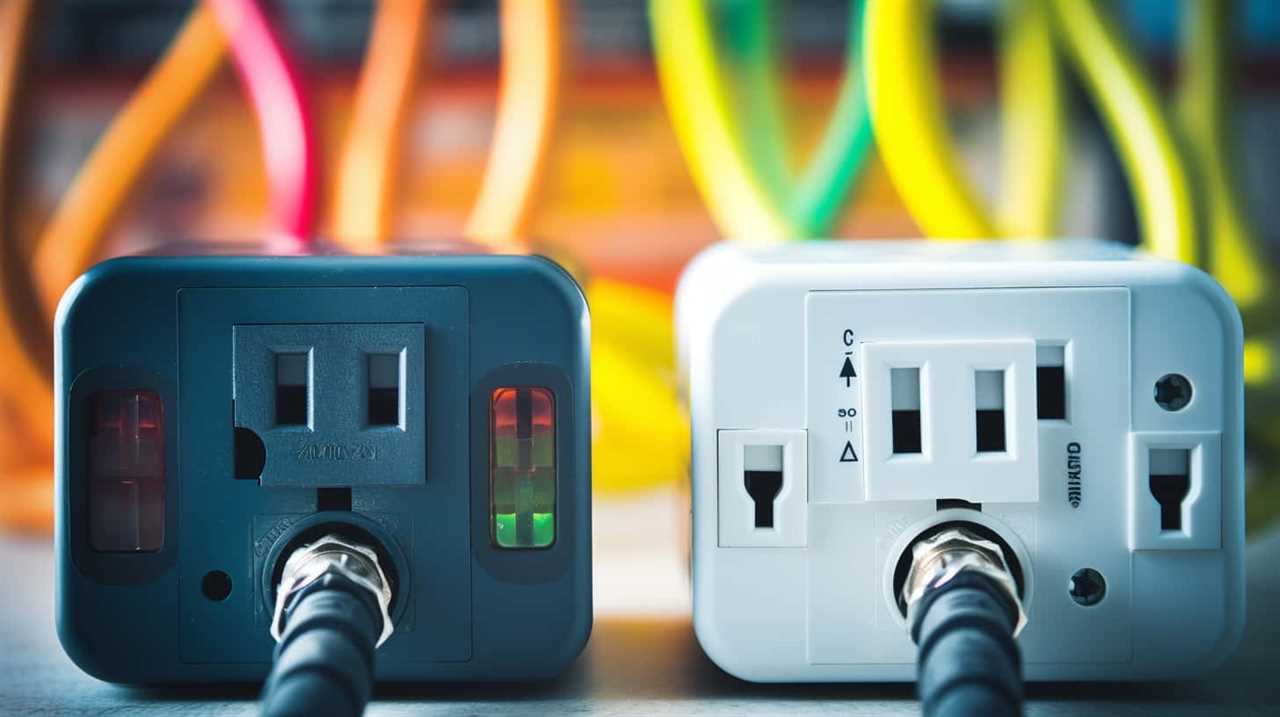
240v appliances are designed to operate at a specific voltage level, and using them with a power supply that provides a lower voltage can lead to several issues.
Firstly, the lower voltage might not be enough to power the appliance properly, resulting in reduced performance or even complete malfunction.
Secondly, the appliance’s internal components may not be able to handle the lower voltage, leading to overheating or damage.
To ensure proper operation and avoid potential hazards, it is crucial to have a compatible voltage supply for 240v appliances.

This highlights the importance of proper electrical setup, where voltage compatibility considerations play a significant role in maintaining the longevity and efficiency of these appliances.
The Difference Between 240v and 208v
The electrical systems of 240v and 208v differ in their power supply capabilities. While both voltages are commonly used for residential and commercial applications, there are significant differences in their electrical compatibility.
One key difference between 240v and 208v is the voltage level itself. 240v is a higher voltage compared to 208v, which means it can deliver more power to appliances and equipment. This higher voltage allows for greater efficiency and performance.
To further illustrate the voltage differences between 240v and 208v, consider the following table:

| Voltage | Power Supply Capabilities |
|---|---|
| 240v | Can power high-demand appliances and equipment efficiently |
| 208v | Suitable for lower-demand applications, may not provide optimal performance for high-demand appliances |
It is important to note that while some appliances designed for 240v may be able to run on 208v, they may not perform at their maximum capacity. Therefore, it is crucial to ensure the electrical compatibility of appliances with the available voltage to ensure proper functionality and avoid any potential damage.
Potential Risks of Running 240v Appliances on 208v
Running 240v appliances on a 208v power supply can pose potential risks that should not be overlooked. One major risk is electrical damage to the appliances themselves, as the lower voltage can cause overheating, increased current draw, and potential component failure.
Additionally, safety hazards may arise, such as the risk of fire or electrical shock, as the mismatch in voltage can lead to improper functioning and compromised electrical systems.
It is crucial to understand and address these risks before attempting to run 240v appliances on a 208v power supply.

Electrical Damage Risks
When attempting to operate 240v appliances on a 208v power supply, there is a significant risk of electrical damage. This is due to the voltage difference between the appliance’s rated voltage and the power supply voltage.
Here are three potential risks associated with running 240v appliances on 208v:
- Overheating: The lower voltage can cause the appliance to draw more current to compensate, leading to increased heat generation. This can result in damage to internal components and potentially cause a fire hazard.
- Reduced Performance: 240v appliances may not operate at their full capacity on a lower voltage supply. This can lead to decreased efficiency, slower operation, and potential damage to motors or other sensitive components.
- Voided Warranty: Operating appliances outside their specified voltage range can void their warranty, leaving the user responsible for any repairs or replacements.
To prevent electrical damage, it is crucial to conduct voltage compatibility testing and use appropriate voltage converters or transformers to ensure proper operation of 240v appliances.
Safety Hazards Involved
Operating 240v appliances on a 208v power supply can pose significant safety hazards. When appliances are not supplied with their required voltage, they may experience electrical damage, which can lead to dangerous situations. Safety measures should be implemented to prevent risks such as electrical fires, shocks, or explosions.

Electrical standards dictate the specific voltage ranges that appliances are designed to operate on, ensuring their safe and efficient performance. Deviating from these standards can compromise the integrity of the appliance’s electrical components and potentially endanger users. Therefore, it is crucial to adhere to the recommended voltage requirements outlined by the manufacturer.
Understanding the safety hazards involved when running 240v appliances on 208v power supply sets the stage for discussing the subsequent section on the impact on appliance performance.
Impact on Appliance Performance
The lower voltage of 208v can have a significant impact on the performance of 240v appliances. Here are three ways in which voltage compatibility affects appliance performance:
- Reduced Power Output: When a 240v appliance operates on 208v, it receives less power than it is designed for. This can result in reduced performance, slower operation, and less efficient functionality.
- Overheating: Appliances that are not designed to operate on lower voltages may experience increased heat buildup when running on 208v. This can lead to overheating, potential damage to components, and even safety hazards.
- Increased Energy Consumption: In order to compensate for the lower voltage, 240v appliances running on 208v may draw more current. This increased current flow can lead to higher energy consumption, resulting in higher utility bills.
It is important to consider voltage compatibility when using 240v appliances to ensure optimal performance and safety.

Signs Your Appliance Can Handle Lower Voltage
One indication that your appliance can handle lower voltage is if it is specifically labeled as compatible with a range of voltages. Manufacturers often provide this information in the appliance’s user manual or on the product itself.
Another sign of lower voltage compatibility is the presence of a voltage selector switch, which allows users to adjust the appliance to the appropriate voltage level.
Additionally, appliances that have been designed for international use, such as those with dual voltage capabilities, are more likely to handle lower voltage without any issues.
It is important to note that using an appliance with lower voltage than recommended may affect its performance. The appliance may not operate at its full capacity, and there may be a drop in power or efficiency.
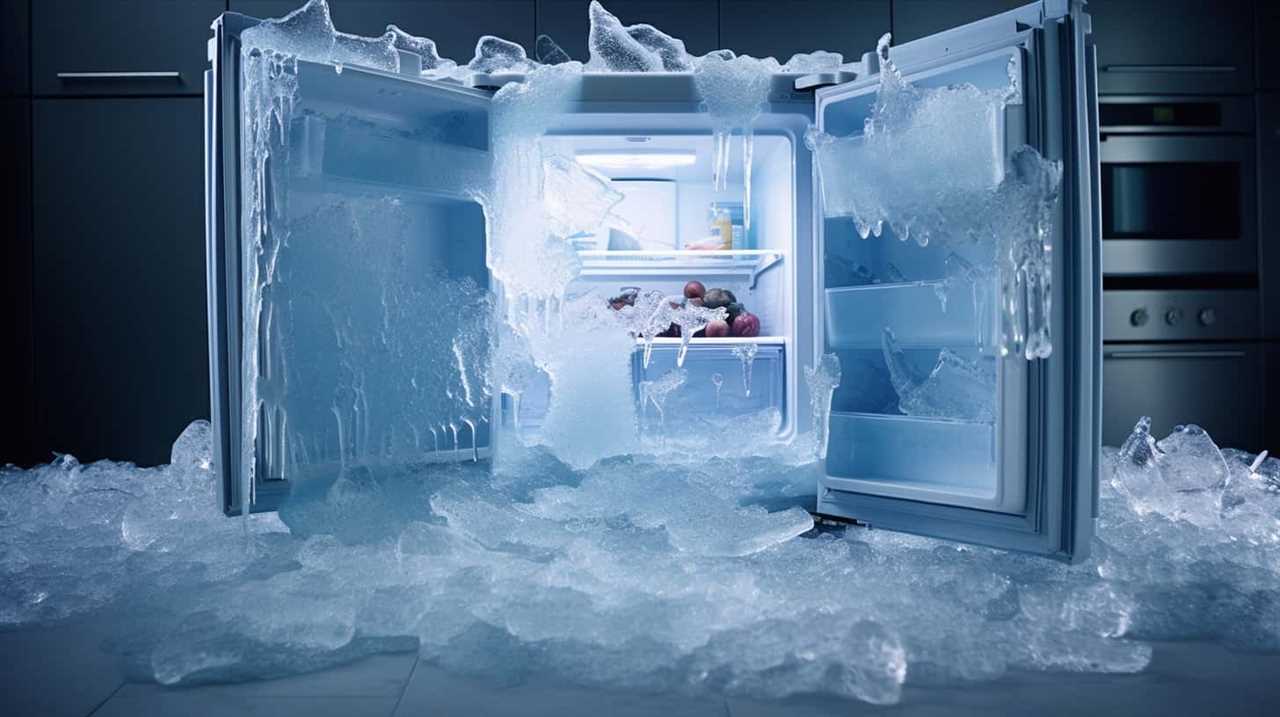
How to Safely Use 240v Appliances on 208v
When using a 240v appliance on a 208v power supply, it is important to consider the use of voltage converters to ensure compatibility. These converters can adjust the voltage to the appropriate level, allowing the appliance to function properly.
However, it is essential to be aware of potential risks and take necessary precautions to avoid any electrical hazards or damage to the appliance.
Voltage Converters for Compatibility
To ensure the safe and proper use of 240v appliances on a 208v power supply, it is essential to employ voltage converters for compatibility. Here are three voltage converter options to consider:
- Step-up transformers: These converters increase the voltage from 208v to 240v, allowing 240v appliances to operate seamlessly. However, they may be bulky and require professional installation.
- Adjustable voltage regulators: These devices can regulate the voltage output to match the specific requirements of the appliance. They offer flexibility and ease of use, but may be more expensive than other options.
- Auto-transformers: These converters adjust the voltage level by using a single coil. They are cost-effective and compact, making them suitable for smaller setups. However, they may not provide the same level of voltage stability as other options.
Potential Risks and Precautions
To safely utilize 240v appliances on a 208v power supply, it is important to understand and address potential risks and take necessary precautions.

When operating a 240v appliance on a lower voltage power supply, there are several risks that need to be considered. Firstly, the reduced voltage can lead to decreased performance and functionality of the appliance. Additionally, the lower voltage can cause the appliance to overheat, leading to potential damage or even fire hazards.
To mitigate these risks, it is crucial to use a voltage converter or transformer specifically designed for the purpose of voltage conversion. These devices ensure that the appliance receives the correct voltage, preventing any potential damage or safety hazards.
It is also important to regularly inspect the appliance for any signs of overheating or other abnormalities, and to immediately discontinue use if any issues are detected.
Common Appliances That Can Run on 208v
Several common appliances in the household can operate on 208v electrical power. It is important to note that not all appliances are compatible with this voltage, so it is crucial to check their electrical compatibility before use.

Here are three examples of appliances that can run on 208v:
- Electric ranges: Most electric ranges are designed to work on a wide range of voltages, including 208v. However, it is essential to ensure that the specific model you have is compatible.
- Electric dryers: Similar to electric ranges, many electric dryers can operate on 208v. Check the manufacturer’s specifications to confirm compatibility.
- Air conditioners: Some air conditioner models can function on 208v. However, it is important to check the electrical requirements of the specific unit you have to ensure proper operation.
Understanding which appliances can work on 208v is crucial when considering voltage converters or upgrading your electrical system for 240v appliances.
Upgrading Your Electrical System for 240v Appliances
Frequently, upgrading your electrical system is necessary to accommodate 240v appliances. While some appliances can operate on 208v, others require the higher voltage for optimal performance.
Upgrading your electrical system involves several considerations, including upgrading costs and electrical system safety.

When upgrading your electrical system, it is important to consult a qualified electrician to assess your current system’s capacity and make the necessary modifications. This may involve installing a higher capacity circuit breaker, upgrading the electrical panel, or rewiring certain areas of your home.
Upgrading costs can vary depending on the complexity of the project and the specific needs of your appliances. It is crucial to budget for these expenses to ensure a smooth and safe transition to a 240v system.
Furthermore, ensuring electrical system safety is paramount when upgrading. This includes adhering to local building codes, using proper wiring and equipment, and considering the potential load on your system to avoid overloading or overheating.
Conclusion: Making an Informed Decision
After considering the necessary electrical upgrades and potential costs, it is essential to make an informed decision when deciding whether 240v appliances can run on 208v. Here are three key points to consider when making this decision:

- Consult with a qualified electrician: It is crucial to seek professional advice before attempting to connect a 240v appliance to a 208v power supply. An electrician can assess the compatibility of your appliance and provide guidance on any necessary modifications.
- Review manufacturer specifications: Check the appliance’s user manual or contact the manufacturer to determine if it can operate safely and efficiently on 208v. Some appliances may have a wider operating range, while others may require a specific voltage.
- Safety precautions: Understand the potential risks associated with using an appliance on a lower voltage. It could result in reduced performance, increased energy consumption, or even damage to the appliance. Take the necessary safety measures and weigh the benefits against the potential drawbacks before making a decision.
Frequently Asked Questions
Can I Use a Voltage Converter to Safely Run a 240v Appliance on a 208v Power Source?
Using a voltage converter to run a 240v appliance on a 208v power source is possible, but it may affect the appliance’s lifespan. Precautions such as checking the power requirements and consulting a professional should be taken.
Will Running a 240v Appliance on 208v Affect Its Lifespan or Durability?
Running a 240v appliance on 208v may have an impact on its performance and durability. The lower voltage can lead to reduced power output, increased heat generation, and potential issues with the appliance’s sensitive components.
Are There Any Specific Safety Precautions I Should Take When Using a 240v Appliance on 208v?
When using a 240v appliance on a 208v power source, it is essential to consider voltage compatibility and potential performance limitations. Additionally, specific safety precautions should be taken to mitigate risks and hazards associated with using higher voltage appliances on lower voltage systems.
Can Running a 240v Appliance on 208v Cause Any Damage to My Electrical System?
Running a 240v appliance on a 208v electrical system may lead to compatibility issues and potential damage risks. It is important to ensure the compatibility of the appliance with the system voltage to avoid any adverse effects.

Is It Possible to Modify a 240v Appliance to Be Compatible With a 208v Power Source?
Modifying the voltage compatibility of a 240v appliance to be compatible with a 208v power source may be possible by rewiring the appliance. However, it is crucial to consult a professional electrician to ensure safety and proper functionality.
Conclusion
In conclusion, understanding the voltage compatibility of appliances is crucial for their safe and optimal performance. While some 240v appliances can operate on 208v, there are potential risks and impact on performance to consider.
It is important to look for signs that an appliance can handle lower voltage and follow safety guidelines when using 240v appliances on 208v. Upgrading the electrical system may be necessary to accommodate 240v appliances.
Making an informed decision about voltage compatibility is essential for the longevity of appliances.



